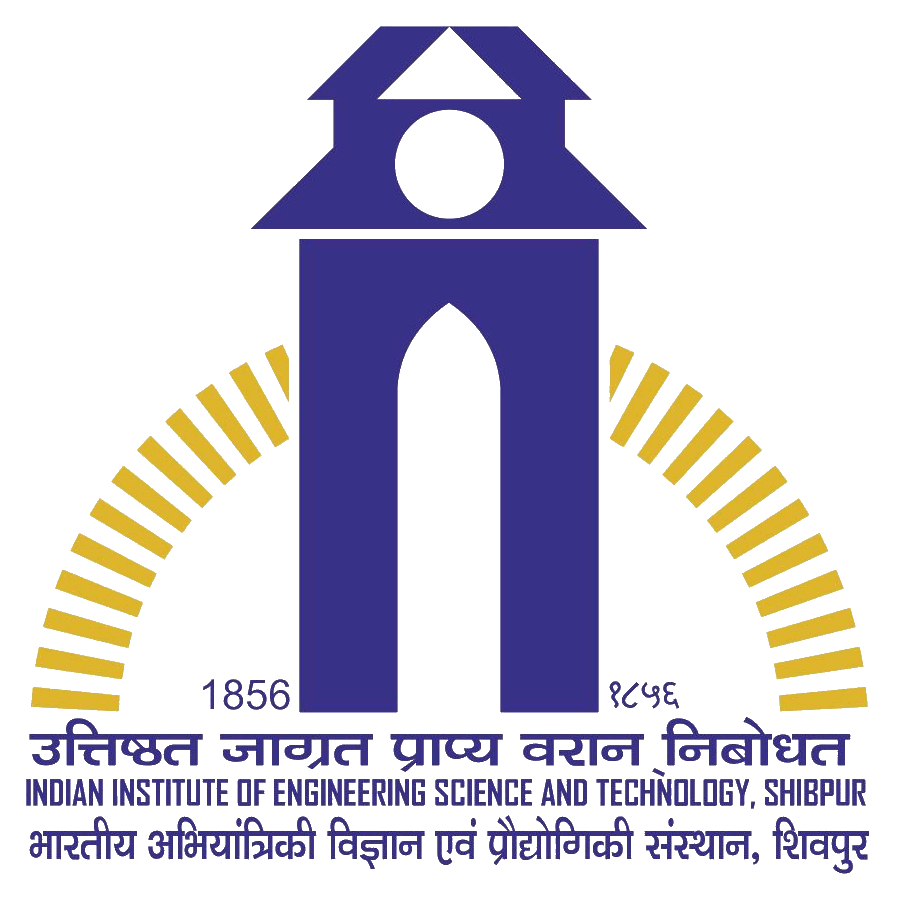Microprocessor Laboratory, CST Department
Bengal Engineering and Science University
Objective: To be familiar with microprocessor based system development KIT.
Preamble: For microprocessor based small system design we need a minimum hardware environment based on a particular processor and some supporting components like memory (both RAM and EPROM), I/O ports, buffers etc. This environment is commercially available as a platform for the small system design and development and known as System Develoment Kit (or simply KIT). The KIT harware is managed by a Monitor software (small/trivial OS) residing in the EPROM and allows to load, run and debug user’s programs. Though the KIT offers machine level software development a PC may connected to it to offer disk storage and s/w development using assembler instead of using machine level language. The KIT lends a hardware environment akin to the need of the system being developed but not the exact hardware. However, microprocessor based system design KITs are low cost solution for design requirements for small systems.
Specification of a typical KIT :
- A CPU (8/16 bit popular general purpose CPU).
- Memory: RAM - 2K, EPROM - 2K . Memory may be enhanced 4K/8K or more.
- Man-machine Interface: Input: Keypad with 24 (or more) keys; Output: 7 segment LED display panel with 6 or more display modules.
- I/O ports: 2 to 8 through standard Programmable Input Output (PIO) devices for I/O operations and peripheral interfaces.
- Communication : RS-232C compatible (e.g., a PC may be connected to the KIT through this serial channel) serial line.
- Monitor routine: Machine language routine (1K-2K in size) Residing in EPROM.
- Optional features: On-board EPROM programmer, Analog to Digital Conversion & Digital to Analog Converter etc.
- Storage (Secondary) : None
Facilities in the KIT: The keyboard along with the LED display unit serves as basic I/O media for communicating with the human operator. Programs are loaded in the RAM (user area) through key-press; executed and debugging are also done by pressing appropriate key(s). The following can be done in a KIT:
- Reset the system (Cold Start).
- Reset the system with preservation of processor status in memory (Warm Start).
- Modify/examine the content of a memory location.
- Execute a program.
- Debug a program by verifying/changing the contents of the accessible registers.
- Set breakpoints and run the program in single step mode.
Report: 1) Draw the block diagram of the system showing the main functional units; 2) List of major system components; 3) Show the exact sequence of key presses in order to execute your program; 4) Memory map of the system.
